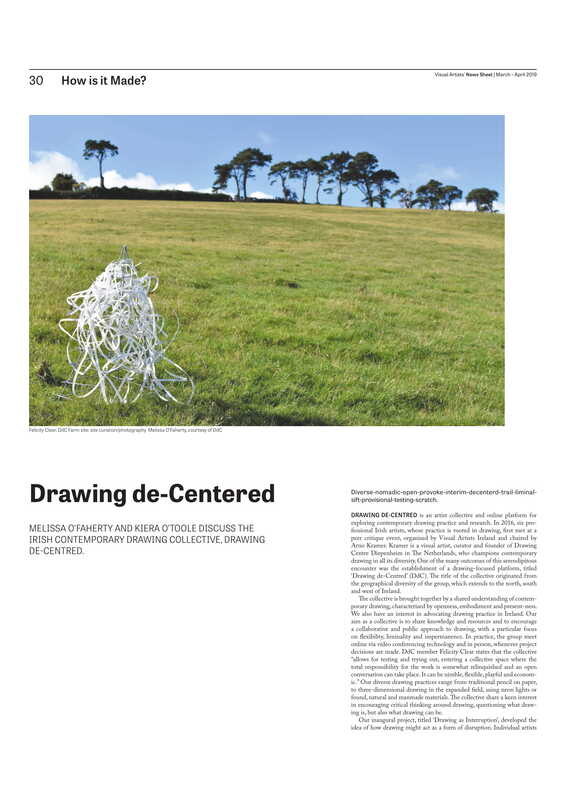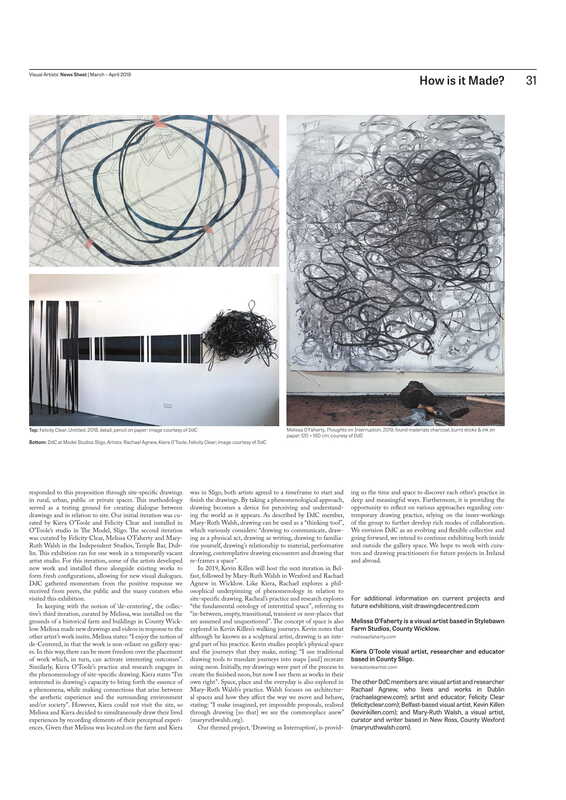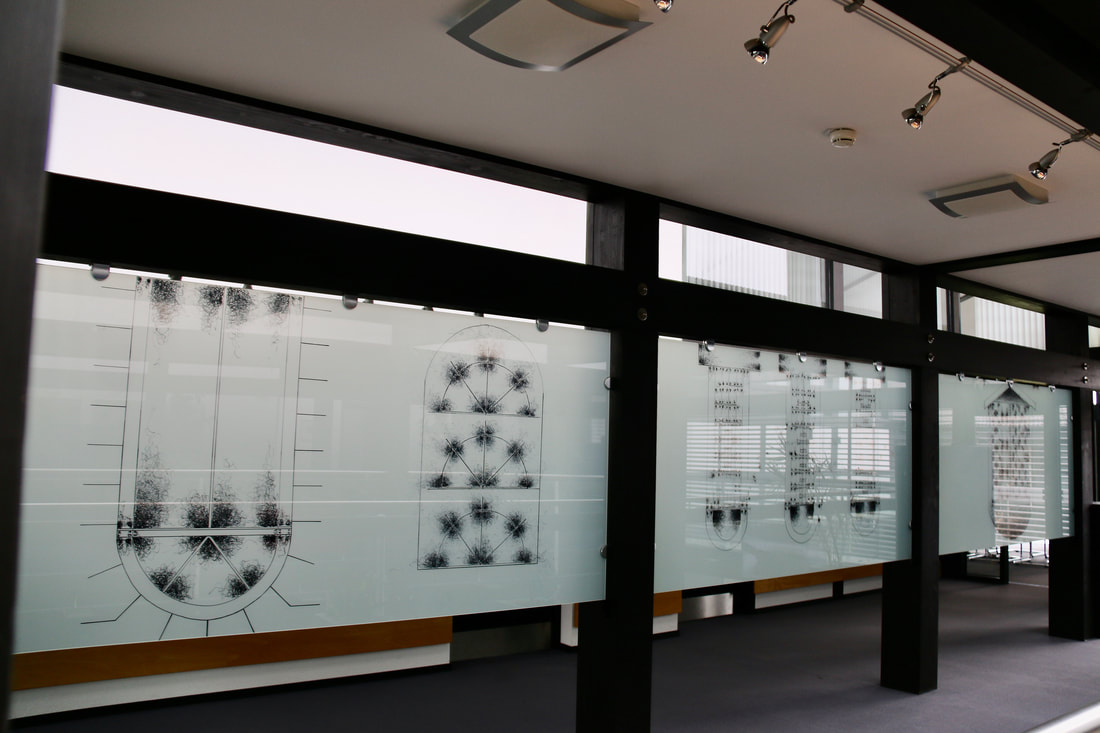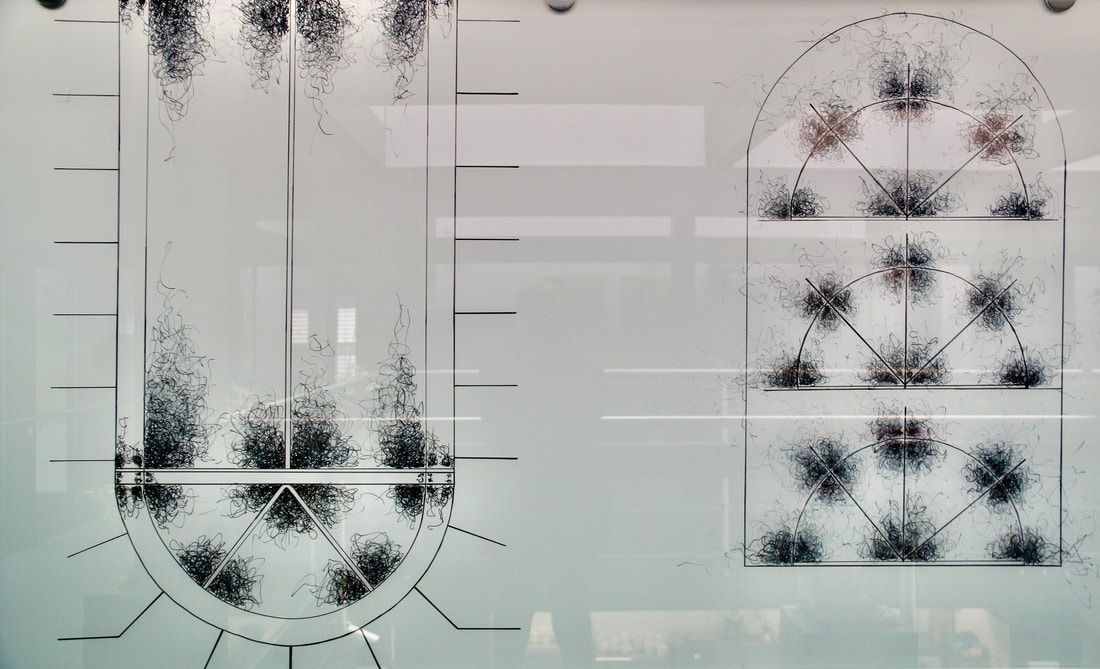|
TRACEY, the site for drawing and visualisation research. TRACEY’s aim is to stimulate, host and publish diverse perspectives on drawing and visualisation to/for a community of researchers, practitioners, educators and students. https://www.lboro.ac.uk/research/tracey/#
0 Comments
Call for proposals: Temporal Drawing
TRACEY Drawing Research Network Conference 9th-10th July 2020 Conveners: Drawing Research Group, Loughborough University This conference aims to explore the notion of temporal drawing. By ‘temporal drawing’ we suggest that temporality is not only inherent in drawing, both as a process and as a product, but is also its fundamental condition. To draw is to draw inescapably in and of time. If to make a mark is to capture the trace of a gesture, then mark-making reveals the movement of time—of the living present becoming past, and of the past contracting into the present. With this dynamism come repetitions and difference: further marks in anticipation of a present yet to come. Thus a drawing traces and is traced by movements that are intangible syntheses of time, and looking closely and slowly at a drawing becomes an act of contemplation that holds motion beneath its surface. And so, we ask: how can we explore the time of drawing? How does time prompt us to think differently about drawing? The conference aims to provide a space for discussion, dissemination and the exchange of knowledge and suggests the following as starting points and as possible themes, prompts and provocations: • How can drawing ‘reveal’ in time? • Can drawing be timeless? • Is stillness possible in and through drawing? • What is the role of pace in the processes of making and looking at drawing? • How can duration be explored in drawing? • How can erasure be explored in drawing? The conveners invite proposals from practitioners, theorists and practitioner-researchers, which respond to the theme in ONE of the three listed formats: • 20-minute presentation – 250 word abstract detailing the research question and proposed presentation. Please submit a word .docx file labelled as follows: surname.forename.presentation • 2.5-hour practical workshop – 250 word proposal detailing the research question, format of the workshop and material/space requirements. Please label your file as follows: surname.forename.workshop • Image or audio/video to be included in a showreel for a digital exhibition to be screened at the conference – up to 3 jpeg images of drawn works (resolution 300dpi) or 1 audio/video submission (codec/resolution negotiated on submission) max running time 5 mins Please label your file as follows: surname.title of work.exhibition.jpg and include an image list with full details of the drawing including title, media, size, year. For Audio/Video submissions, provide a hyperlink for review and include full details of the submission, display requirements, and running time. Please include a 50 word biography with your submission and submit to Serena Smith: [email protected] by Friday 28th February 2020. The Drawing Research Network (DRN) was established in 2001 as part of the The Big Draw. The DRN is an international network of individuals and institutions who are involved in some way with improving our understanding of drawing, for example through professional practice, education or general interest. It aims to use this knowledge to raise the profile of drawing and drawing research. Some participants are based in universities and colleges of art and design with established teaching and/or research profiles in drawing. Other participants have an interest in, for example, drawing therapy, the cross-curricular role of drawing in schools or digital drawing. Some participants simply have an interest in drawings and the drawing process which might include making, thinking about and communicating with drawing. Individuals and institutions use the DRN to communicate news, to explore possibilities for cooperation in drawing research, to formulate collaborative projects and to share outputs. The DRN has two main opportunities for communication there include the DRN email discussion list (Jiscmail) and the TRACEY DRN site.Joining the DRN email forumOne of the main discussion forums for the DRN is the Drawing Research Network jiscmail. The link below will take you to the DRN jiscmail homepage that allows to you to subscribe and unsubscribe from this email forum and links to the archive of drawing research messages going back to 2001. You can also change your settings, for example, you can temporarily suspend deliveries of messages to your inbox. If you join, you can send a message to all readers of the Drawing Research forum simply by sending an email to the drawing research email address.
DRN JiscmailThe DRN web pagesIn order to facilitate accessible communication, particularly of visual media the DRN has a web presence in the form of a moderated blog in addition to the jiscmail. We welcome the participation of all drawing makers, drawing users and drawing researchers to engage with this online space to deposit information on drawings, shows, exhibitions, share drawings and thoughts on drawing, and generally further the discipline of drawing. https://www.lboro.ac.uk/research/tracey/drn/ Call for Papers: Drawing: Research, Theory, Practice
Special Issue: Drawing and Science Deadline: 28 February 2020 Historically the distinction between art and science has been articulated in ways that have claimed a great void exists between the disciplines. However, over the last twenty years many worldwide diverse and collaborative projects have helped us to understand that the parallels between the two are far more closely aligned than history might suggest. More recently we have come to understand the commonalities that exist between the disciplines are not the only fertile ground as cross-disciplinary collaboration or inquiry does not have to be comfortable, agreeable and settled and its potential may lie in drawing out provocations. The nature of seeking answers to questions that sit outside of one’s immediate territory is nothing new. Indeed, 2019 witnessed anniversaries of both Leonardo and Ruskin, in which their polymath status was celebrated. This call responds to growing interest in drawing research that investigates ideas through scientific methodologies or utilizes scientific data in ways that offer new insights to multiple fields, as well as submissions that take a historical perspective on such relationships. This issue of DRTP invites contributions that respond to the rich context of Drawing and Science in its broadest sense. Submissions are encouraged that participate in the extended dialogue that exists between drawing and science-related fields. Therefore, submissions may explore the theme through individual or collaborative approaches, including diagrammatic drawing, notation, exploratory, documentary, investigative or propositional. Contributions could present drawing as process, activity or product, may engage historical and contemporary practices in different fields of practice and across a range of disciplines – fine art, design, architecture, craft, science, technology, engineering, mathematics, physics, biology, etc. We invite several kinds of contributions, including:
Papers can also be uploaded via the Drawing: Research, Theory, Practice Intellect webpage. Submissions will be double blind peer-reviewed. Please submit a PDF Document with embedded images (72 dpi), captioned, as Name_Surname.doc. A Word Document with separate images (300dpi) will be required via www.wetransfer.com will be required on acceptance. All contributions should be original and not exceed 20 Mb. Authors are responsible for copyright permissions (article [author] and images [artist or institutional copyright / photographer’s permission]). Only copyright forms supplied by Intellect are accepted (handsigned, scanned and returned as PDF files). Please refer to the DRTP Notes for Contributors and to the Intellect House Guidelines for details. Authors should ensure guidelines are adhered to; failing to do so leads to delays, and may result in the editor having to return or withdraw the submission. Download the CFP here >> https://www.intellectbooks.com/asset/43986/1/CfP_DRTP_jan_2020_1_.pdf Tessa Mathieson, Marketing Executive Intellect Ltd Drawing (Journal)Research, Theory, Practice
ISSN 20570384 , ONLINE ISSN 20570392 Focusing on drawing as a significant discipline in its own right, Drawing: Research, Theory, Practice is a peer-reviewed journal that facilitates ongoing international debates within the wider fields of its practice and research. A vibrant, proactive forum for contemporary ideas, the journal is a platform for interdisciplinary and cross-cultural dissemination of all forms of drawing practice and theory. https://www.intellectbooks.com/drawing-research-theory-practice Archaeologists working on a site near an ancient lake in Scarborough, North Yorkshire, UK say they may have discovered one of the earliest examples of a crayon. The reddish-brown piece of ochre is thought to have been used 10,000 years ago to color animal skins or produce artwork during the Mesolithic period. The oblong discovery is just 22 mm long and 7 mm wide, yet shows a heavily striated surface where it was most likely scraped to create red pigment. One side of the tool is sharpened, another hint that the piece was used to draw or color. Dr. Andy Needham from the University of York’s Department of Archaeology explained the discovery helps archaeologists understand how significant color might have been to the hunter-gatherers of the Mesolithic period.
|
AuthorNotes, Articles, Reviews Archives
April 2023
Categories |






 RSS Feed
RSS Feed